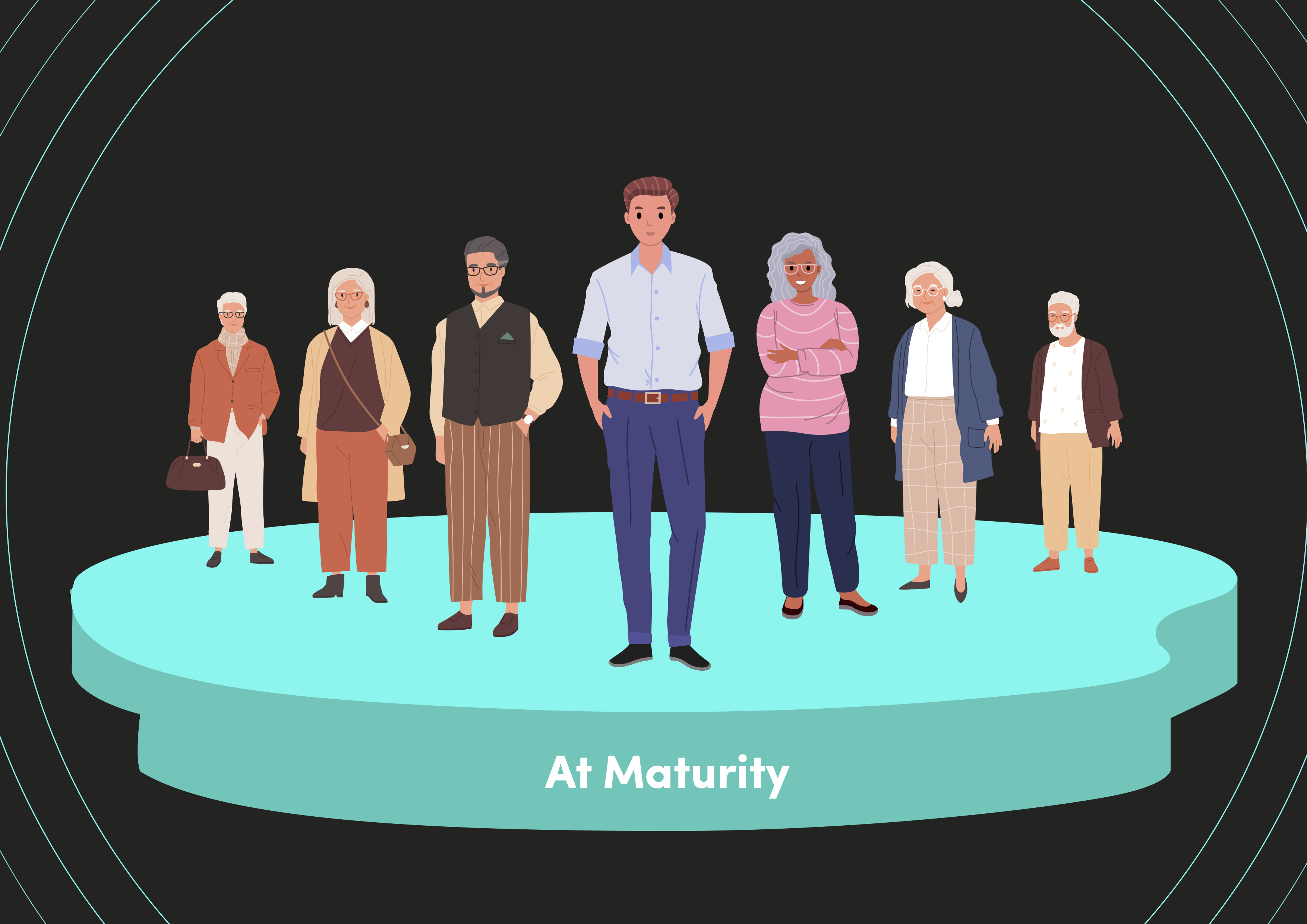Author: Joe Abi Mansour
Editor: Mehr Hussain
Traditionally, young movers and shakers have been the first ones to break ground for everything new and exciting that comes along. Younger generations of every decade have often been coined by similar names; trendsetters, groundbreakers, first movers, early adopters etc. And in the past it was almost expected that while younger audiences make up the majority of a new wave, as it began to crest, and as soon as it became the norm, widely accepted – or had simply been around long enough for people en masse to become familiar with it – it lost its momentum.


Popular platforms are no different – first movers are usually the youngest, and as it picks up steam, the average age starts to slowly increase. By the time older audiences (eg. grandparents) join and become familiar with the ins and outs, younger users have overcome the initial sensation and excitement of what was once new and shiny, so they move on to the next big thing.
At this point in a platform's lifespan, the older generation that initially signed-up to be more connected and in the know, ends-up scrolling through what looks like the tumbleweeds of the internet.
And the secret lies in serving audiences on a content graph instead of a social graph: TikTok's “For You page” – as the name implies – curates content based on every single user's interests and content-consumption habits.
As users of all ages lean-in to the content graph, brands can also create more meaningful relationships with them by building conversations around interests, magic moments and experiences rather than demographic qualifiers.
And by offering this avenue of personal interaction at scale, rather than reach based only on age, location or gender, TikTok brings a unique opportunity to brands by turning messaging into a movement, or even the next cultural phenomenon.
So, while young millennials and Gen-Z may have been considered the original TikTok generation, the fastest-growing segments in the METAP region are actually aged 35+.
And as your parents and grandparents join TikTok, the content graph's magic is that you might never cross paths if your interests don't match. And when they do match, the cross-pollination of ideas and experiences across different generations leads to a much richer conversation around different topics and helps foster deeper and more inclusive subcultures. TikTok has always focused on bringing people together.
There's a reason it's called the last sunny corner of the internet. With a particular emphasis on building communities of authentic, relevant, joyful storytellers – by empowering users – it has developed an ecosystem that sustains itself. For brands, this means they can activate TikTok in interesting ways, leveraging interests instead of demographics, and avoiding the trap of the lowest common denominator that “melting-pot platforms” force on them.